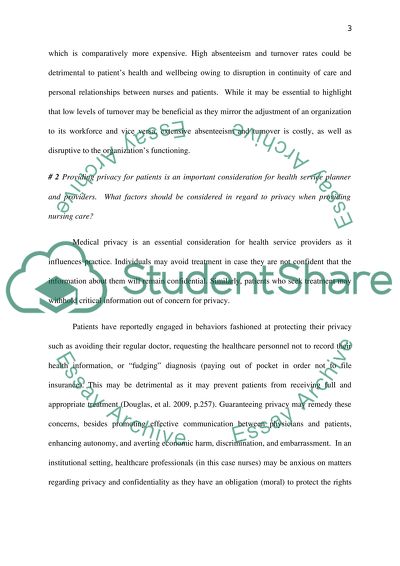Cite this document
(“Management in Nursing Essay Example | Topics and Well Written Essays - 4500 words”, n.d.)
Management in Nursing Essay Example | Topics and Well Written Essays - 4500 words. Retrieved from https://studentshare.org/nursing/1401109-management-in-nursing
Management in Nursing Essay Example | Topics and Well Written Essays - 4500 words. Retrieved from https://studentshare.org/nursing/1401109-management-in-nursing
(Management in Nursing Essay Example | Topics and Well Written Essays - 4500 Words)
Management in Nursing Essay Example | Topics and Well Written Essays - 4500 Words. https://studentshare.org/nursing/1401109-management-in-nursing.
Management in Nursing Essay Example | Topics and Well Written Essays - 4500 Words. https://studentshare.org/nursing/1401109-management-in-nursing.
“Management in Nursing Essay Example | Topics and Well Written Essays - 4500 Words”, n.d. https://studentshare.org/nursing/1401109-management-in-nursing.


